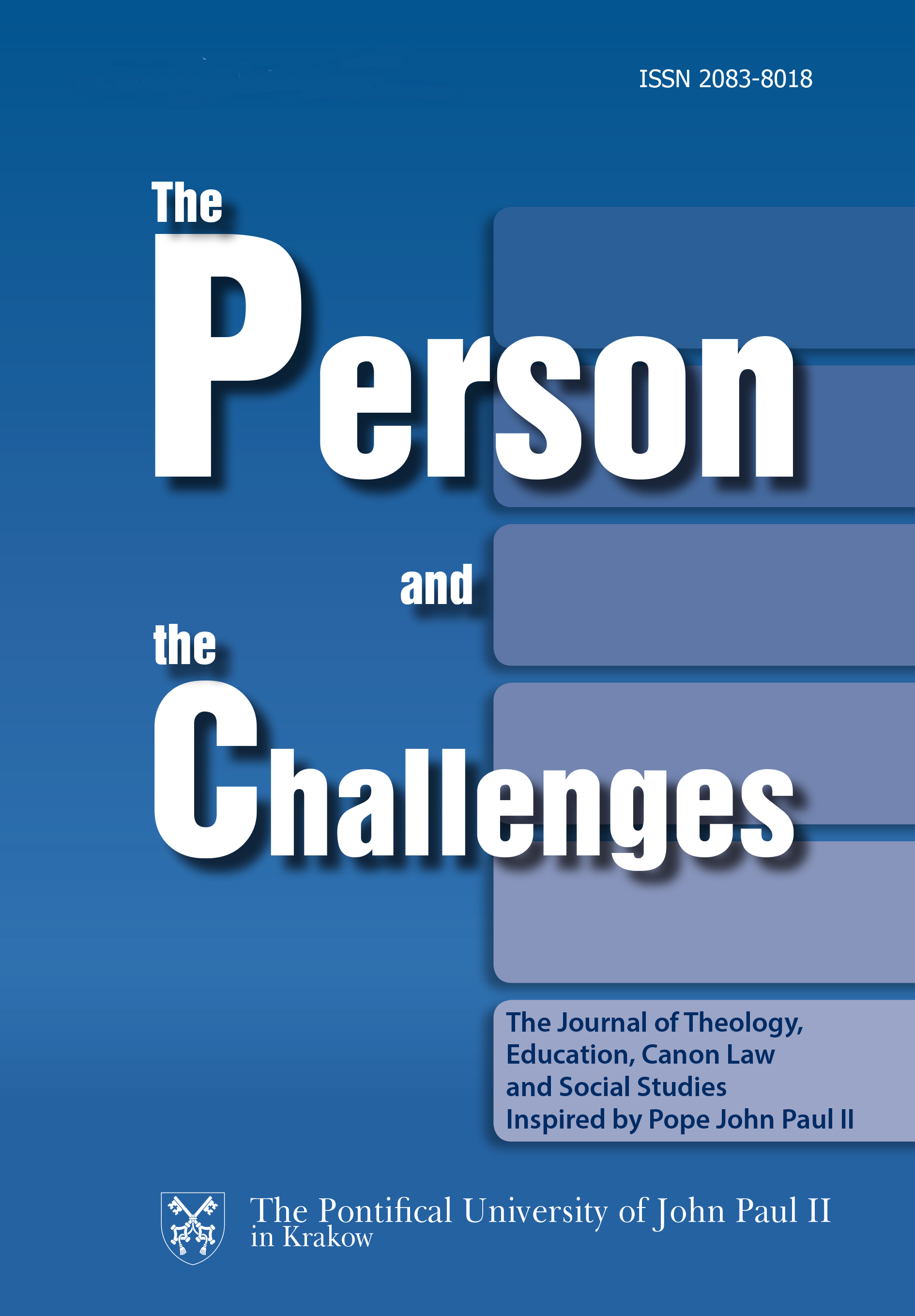A Semiotic Interpretation of Pope John Paul II’s Pilgrimage to Israel on 21–26 March 2000
A Semiotic Interpretation of Pope John Paul II’s Pilgrimage to Israel on 21–26 March 2000
Author(s): Karol KlauzaSubject(s): Christian Theology and Religion, Theology and Religion, Comparative Studies of Religion
Published by: Wydawnictwo Naukowe Uniwersytetu Papieskiego Jana Pawła II w Krakowie
Keywords: John Paul II; Jubilee Year 2000; Judaism; Islam; dialogue of religions; semiotics of religion
Summary/Abstract: Contemporary social discourse utilizes scientific criteria to analyze events, texts and people’s behaviour from the point of view of their power and impact on historical transformations. Printed and audio-visual materialregarding John Paul II’s pilgrimage to the Middle East in the Great Jubilee of the Year 2000 were published and made public during his visit and shortly afterwards. In retrospect, this event allows for a well-balanced semiotic analysis focusing on the intentional selection of places visited by the Holy Father, his rhetoric used both in official and private speeches, the symbolism of his gestures and overall behaviour, especially in their religious and cultural context, as well as on the presence of signs and symbols in the whole conception of the pilgrimage project. This paper attempts to synthesize these elements which result from an earlier interdisciplinary analysis, taking into consideration the different perspectives be it historical, socio-religious (referring to three monotheist religions: Judaism, Christianity and Islam), rhetorical and aesthetic. In this case, semiotics provides a framework to analyze and justify the contribution of the mentioned pilgrimage in a broad context of a redeeming Church in the early 21st century.
- Issue Year: 4/2014
- Issue No: 2
- Page Range: 61-81
- Page Count: 21
- Language: English

